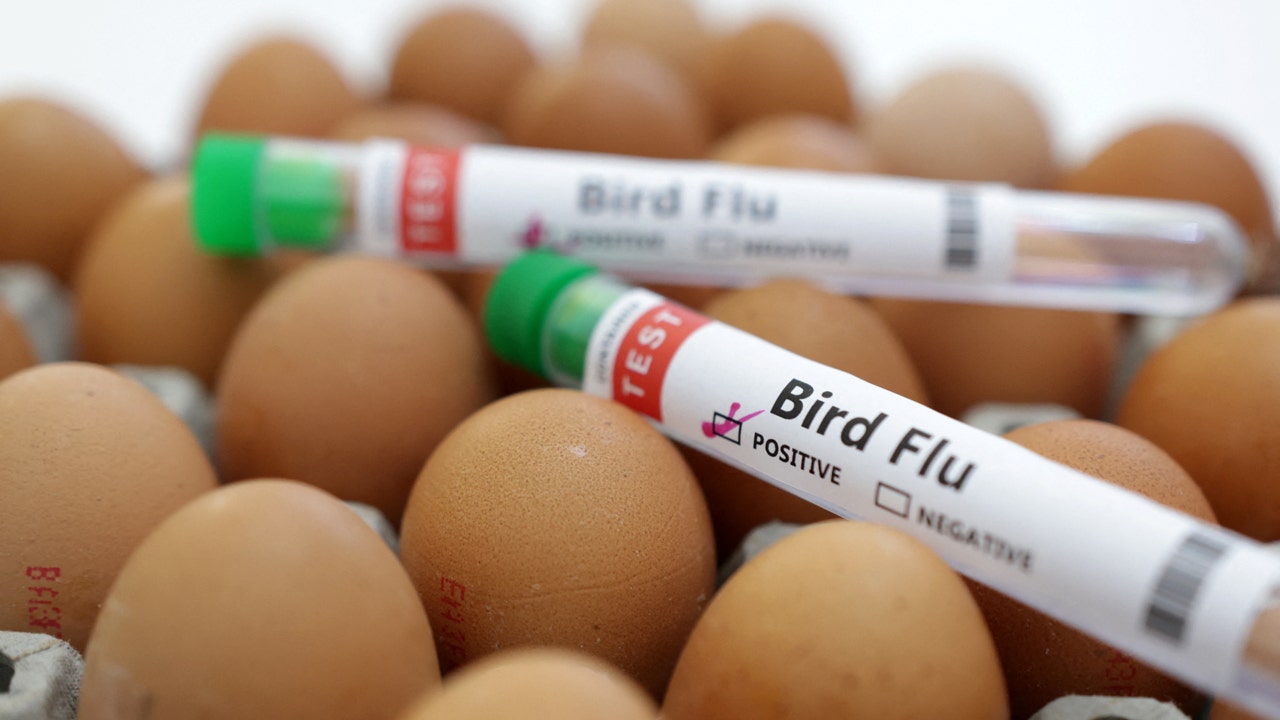Caregiving for Patients with Bird Flu Symptoms
Bird flu, or avian influenza, is a viral infection that primarily affects birds but can occasionally infect humans. Human cases are rare, but when they do occur, they can be severe and sometimes fatal. Caregiving for patients with bird flu requires a careful and informed approach to ensure the well-being of both the patient and the caregiver. This article outlines the key aspects of caregiving for patients exhibiting bird flu symptoms, focusing on symptom recognition, infection control, patient care, and caregiver protection.
Recognizing Bird Flu Symptoms
Bird flu symptoms can range from mild to severe and typically appear within 2 to 8 days after exposure. Common symptoms include:
- Fever (often high)
- Cough
- Sore throat
- Muscle aches
- Fatigue
- Shortness of breath
- Eye infections (conjunctivitis)
- Severe respiratory distress
In some cases, bird flu can lead to pneumonia, acute respiratory distress syndrome (ARDS), multi-organ failure, and death. Early recognition of these symptoms is crucial for prompt medical intervention.
Infection Control Measures
Preventing the spread of bird flu is paramount in caregiving. Here are essential infection control measures:
- Isolation: Keep the patient in a separate, well-ventilated room. Limit visitors and designate one caregiver if possible.
- Hand Hygiene: Wash hands thoroughly with soap and water before and after contact with the patient, and after touching surfaces or items in the patient's room. Use alcohol-based hand sanitizer if soap and water are unavailable.
- Personal Protective Equipment (PPE): Caregivers should wear appropriate PPE, including masks (preferably N95 respirators), gloves, gowns, and eye protection.
- Cleaning and Disinfection: Regularly clean and disinfect surfaces and objects that the patient has touched. Use disinfectants effective against viruses.
- Waste Disposal: Dispose of tissues, masks, gloves, and other contaminated items in a sealed plastic bag before placing them in the trash.
Patient Care Guidelines
Caring for a patient with bird flu involves providing supportive care while ensuring their comfort and monitoring for complications. Key guidelines include:
- Symptom Management: Administer prescribed medications to relieve symptoms such as fever and cough. Over-the-counter pain relievers and fever reducers may be recommended.
- Hydration and Nutrition: Encourage the patient to drink plenty of fluids to stay hydrated. Provide nutritious meals and snacks that are easy to digest.
- Rest: Ensure the patient gets ample rest to aid in recovery.
- Monitoring: Regularly check the patient's temperature, respiratory rate, and overall condition. Be vigilant for signs of worsening symptoms, such as increased difficulty breathing or chest pain, and seek medical attention if necessary.
- Emotional Support: Provide reassurance and emotional support to help alleviate anxiety and stress associated with illness and isolation.
Caregiver Protection and Well-Being
Caregivers must prioritize their own health and well-being to continue providing effective care. Here are some tips:
- Self-Monitoring: Caregivers should monitor themselves for symptoms of bird flu, particularly fever, cough, and respiratory issues. Seek medical advice if symptoms develop.
- Preventive Measures: Get vaccinated for seasonal flu, as this can help reduce the risk of co-infection. Follow all infection control guidelines meticulously.
- Rest and Nutrition: Ensure adequate rest, hydration, and nutrition to maintain immune function and overall health.
- Mental Health: Caregiving can be stressful, especially in the context of infectious diseases. Seek support from friends, family, or professional counselors to manage stress and prevent burnout.
- Breaks and Backup: Arrange for backup caregivers if possible, to provide breaks and reduce continuous exposure to the virus.
Caregiving for patients with bird flu is a demanding and critical role that requires a comprehensive understanding of infection control, patient care, and caregiver protection. By adhering to the guidelines outlined above, caregivers can effectively manage symptoms, prevent the spread of the virus, and maintain their own health and well-being. This balanced approach is essential in providing the best possible care for patients while safeguarding public health.


.jpg)

.jpg)




.jpg)




No comments:
Post a Comment